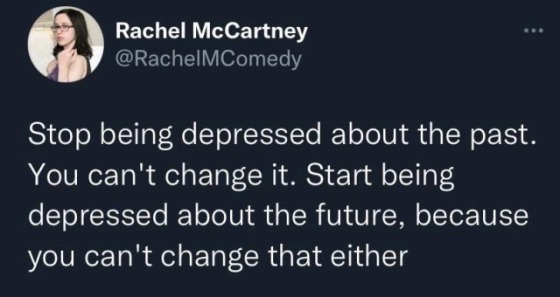2023.12.12
Just read and enjoyed "How Pac-Man Eats". I'm not much of an academic but I've engaged with a couple game-making communities (for a while I had a job at Pearson with Gerard LaFond, Ian Bogost's co-founder of Persuasive Games (just to try and name drop) and I hosted Anna Anthropy when she visited Boston (we were connected on the message boards for The Gamer's Quarter, a New Games Journalism effort) and got to playtest some of her games.
had some thoughts I'll try to keep quick:
* Sort of amused that a book called "How Pac-Man Eats" barely mentions the word "mouth", which I think does a lot of the heavy lifting in "skinning" the pellet collisions in Pac-Man
* Anthropy's book "Rise of the Videogame Zinesters" inspired a little poem of a game The Pr3vent Trilogy - kirk.is/2012/04/19/ - her talking about what a game is "about" led me to basically put 3 skinnings in one game, ala "Kaboom! is a Many Splendored Thing", with the small joke that all 3 are played at once. (Also from a mechanics/logics/collisions stand point, creating obstacles for an animate NPC and thwarting their desires might be somewhat novel.)
* You mentioned Knights of the Old Republic - I found its combat was a really weird and unsatisfying blend of a realistic, smooth look overlaid on a turn-based, probability dice roll system. So like on the first in-spaceship fight, I kept moving for cover, but really the movement was just resetting the "timer" before I had a chance to fire again.
* "By engaging the limitations of the television technology with which Computer Space was implemented, we can understand why its physics logic lacked gravity." Looking at footage, I think everyone spots the lack of physical grace it has - but I'm not sure if that's the limits of television technology. It is easy to get "good enough" gravity effects with simple arithmetic - in fact one of my proudest accomplishments is JoustPong/FlapPing, which is "Pong with a Flap Button" (years later Flappy Bird would have great success with this kind of one button control) I added some complexities (breakout-like walls and an interfering middle character) to increase its saleability, but the basic Pong of it - including rudimentary but satisfying AI - has been fun to port to different systems because its system - gravity included - is easy to implement. (the sine cosine stuff gets a bit more tough)
* In 2012 I made Action Figure Fighter - which predates "How Do You Do it?" by 2 years, but is kind of the "boy-play-coded" version of the same idea - it recapitulates the common mechanic of indicating toys are fighting by bashing them against each other...
* That game was made as a spinoff project of "Glorious Trainwrecks", that invented the "2 hour game jam" as an attempt to get around perfectionism by making the best worst game you could in that time frame - I'm not involved now but it still seems to be going. Interesting to think of where small games might be happening - more activity in some commercial ventures like Roblox, I imagine...
* WarioWare "Get It Together"'s gimmick is that it goes back to consistent avatars in game - each of Wario's buddies has a somewhat different move and attack, and then the joy is seeing that character's verbs against all the new minigame nouns (along with the usual trademark weirdness) - and some characters are much better suited at a particular challenge than others. For me it lacked some of the "this next game could be anything!" charm of earlier versions, but it was interesting to see how the basic WarioWare quick play idea could still work with a more traditional view of the avatar in the game.
* "Tax Avoiders" - you might be interested in this 1982 article from the Christian satire magazine "The Wittenburg Door" that I transcribed - they set up all these parodies of existing games (complete with Title art and a few screenshots) making up new stories while often keeping the basic mechanics the same as the famous Arcade games they parody
* Interesting to see what if Gemini could become more LLM/ChatGPT like (if it wasn't already) and what might result...
* Finally, I'm wondering if you know of Barbara Tversky's "Mind in Motion". To borrow Tim Harford's summary:
The psychologist Barbara Tversky, author of Mind in Motion, argues that our minds are built on a foundation of cognition about place, space and movement. That creeps into our language with phrases such as "built on a foundation" and "creeps into". Our brains started by helping us process our surroundings and the threats and opportunities they presented. Abstract thinking is an adaptation of those basic spatial capacities.
This idea that motion is so fundamental to cognition kept recurring to me in the early chapters about collision and systematic representation
Ok, thanks for your time! Please let me know if any of these topics captured your interest.
-Kirk


To invading germs, you are a jungle full of hungry tigers. To your gut bacteria, you are a warm orchard of perpetual bounty. To your eyelash mites, you are a walking fortress and a mountaintop pasture. How many generations have you hosted? What do they name the wilderness of you?
